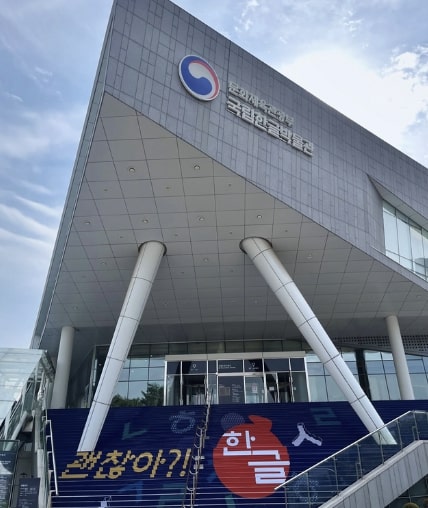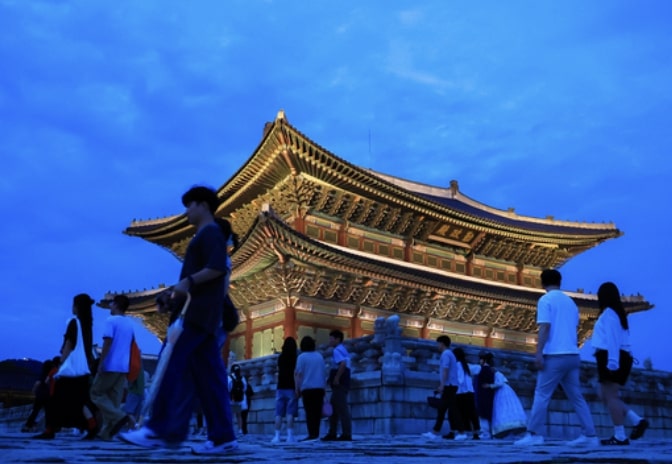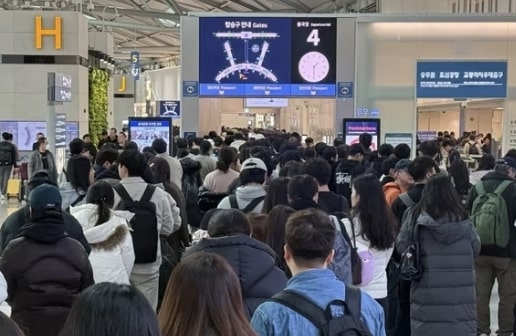
4 Foods You Must Try When Traveling Tongyeong, South Korea

Have You Been To Tongyeong ?
Tongyeong is often mentioned by many Koreans as one of the best places to travel. Located in Gyeongsangnam-do, it was akin to a naval base during the Joseon Dynasty. Surrounded by the sea on three sides, the coastal city’s advantages contribute to its fame for having a wide variety of delicious food.
1. 시락국밥 (Dried Radish Leaf and Rice Soup)
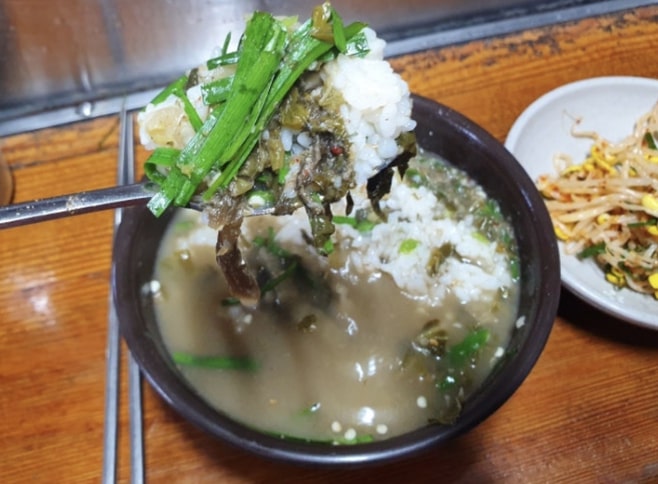
It’s a soup and rice dish made with a broth simmered from anchovies, with doenjang (soybean paste) and dried radish greens added. The flavor is very rich. You can customize it to your taste by adding chili peppers, seaweed flakes, and other ingredients. How about a hearty meal for breakfast or lunch?
2. 굴 정식 (Oyster Set Meal)
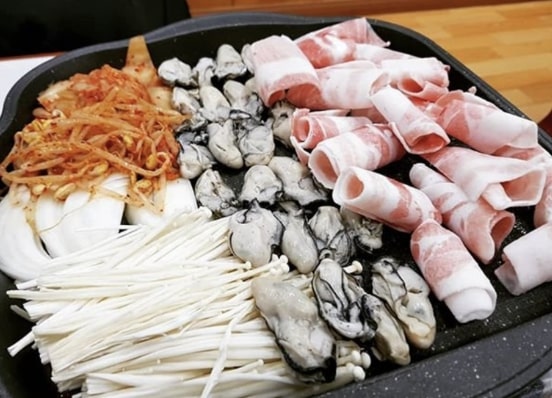
ⓒ instagram: @kwoncoach3
Tongyeong’s oysters are known for their large size and great texture. Tongyeong produces over 70% of South Korea’s oysters. The oyster season in Tongyeong runs from November to February. You can enjoy a variety of dishes like oyster pancakes, steamed oysters, raw oysters, and grilled oysters. We recommend trying an oyster set meal where you can enjoy all of these dishes.
3. 도다리쑥국 (Flounder and Mugwort Soup)
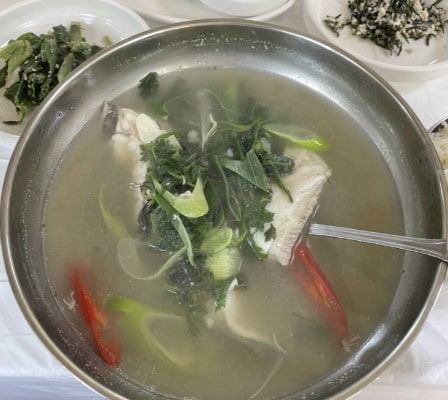
It’s a fish soup made with flounder and mugwort, a local dish of Tongyeong, typically eaten in the spring. It has a rich, savory flavor due to its doenjang (soybean paste) base. You can easily find and enjoy this dish during the spring season in Tongyeong.
4. Chungmu Gimbap (충무김밥)
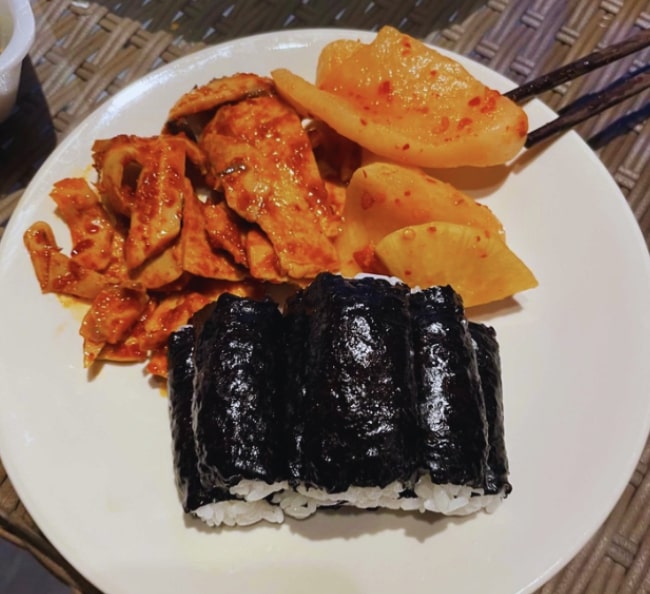
As a representative local dish of Tongyeong, this type of gimbap differs from regular gimbap in that it contains no fillings. It originated from a practice of buying rice and side dishes separately to prevent gimbap from spoiling during long sea voyages. “Chungmu” is the old name of “Tongyeong.” Since it has no fillings, the flavor of the seaweed stands out, and the combination with spicy squid salad, hot fish cakes, and kimchi is exceptional.
—
UoH offers a personal assistant program with two types of services. For traveling in Korea, we assist with any type of reservations, rentals, and personal assistance. For shopping, we purchase anything you need and ship it to your home. Feel free to email us at uofhorang@gmail.com for a quote and to find out how to proceed!
